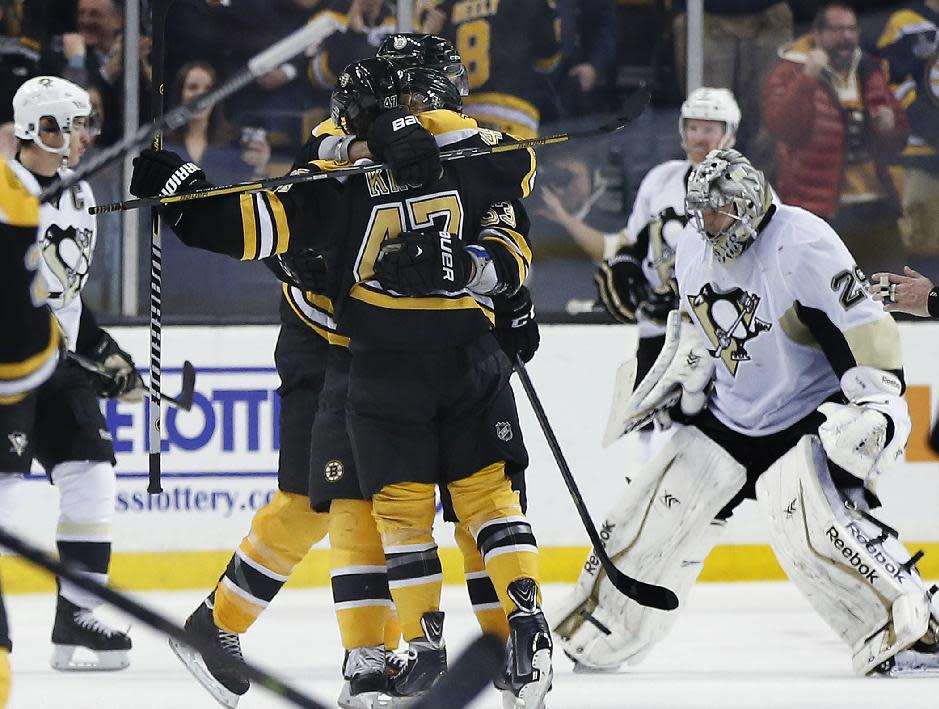
I would have elected to receive. But I get the logic behind Belichick's decision. And the more I think about it, the more I like it.
Let's say the wind had the following impacts on field goal attempts, based on what happened with warm-up kicks:
Into the wind, a 40 yard field goal would be considered ambitious but possible.
With the wind, a 55 yard field goal would be considered ambitious but possible.
So into the wind you'd need to get the ball to the 23 yard line, with the wind you'd need to get it to the 38.
The Patriots kicked off to the Broncos, almost assured of a touchback. So Manning and the Broncos would start at their 20, needing to move the ball 80 yards for a touchdown or 57 yards for a field goal.
During regulation, the Broncos had an 80 yard drive and a 70 yard drive. They had 10 drives under 50 yards, and 9 drives under 25 yards. Denver's 70 yard drive was with the wind, their 80 yard drive was against it.
In OT, if Denver drives 80 yards for a TD, the game's over.
If the Broncos kick a field goal, they need to drive 57 yards to have a reasonable chance, and then they'd kick off to the Patriots, who would probably get it at the 20, although with the wind they might get it with a shorter field. Let's just say the 20.
Down 3 and needing to match a field goal, starting from the 20 the Patriots would need to drive 42 yards to get within range. The Patriots had three 40+ yard drives during regulation, and seven drives of 30+. They'd also be able to use all 4 downs to move the ball.
If the Broncos try a field goal and miss, the Patriots might have an even shorter field to work with.
If the Broncos fail to get within field goal range and punt, then the Patriots are in fantastic shape. They have the wind, they have less distance to get to field goal range. Even if they fail to attempt a field goal, they're in position to give Denver poor field position, especially with the wind helping the Patriots punter (which is what happened).
The Patriots defense did its job in preventing Denver from scoring on the opening drive. But had they done even better, and held Denver to a 3 and out, and forced a 40 yard punt (long for a punter kicking into the wind) from the 20, then the Patriots would have gotten the ball back on their 40, only 22 yards from reasonable field goal range.
After each team had a possession, the overtime became a field position battle. And even though Denver had an advantage with odd-numbered possessions, Manning had to throw into the wind, the Broncos had to punt into the wind, the kicker would have to kick into the wind.
For this edge, Belichick risked a first possession touchdown, and the game ending with his best players touching the ball.
Even if you disagree with it, you must respect the the balls necessary to take the risk. Belichick has audacity. And many coaches that struggle to reach that next level of success often fail to do so because they play it too safe, they play prevent defenses, they hand the ball off to Knowshon Moreno when they're up 24-0.
There was logic behind Belichick's decision. We can debate the soundness of that logic all we want. What's not up for debate is that Belichick is fearless. He makes decisions and doesn't care what anyone thinks, doesn't worry about them failing. He's bold. He's daring.
That's one of his defining characteristics, and one of the reasons he's been so successful.

